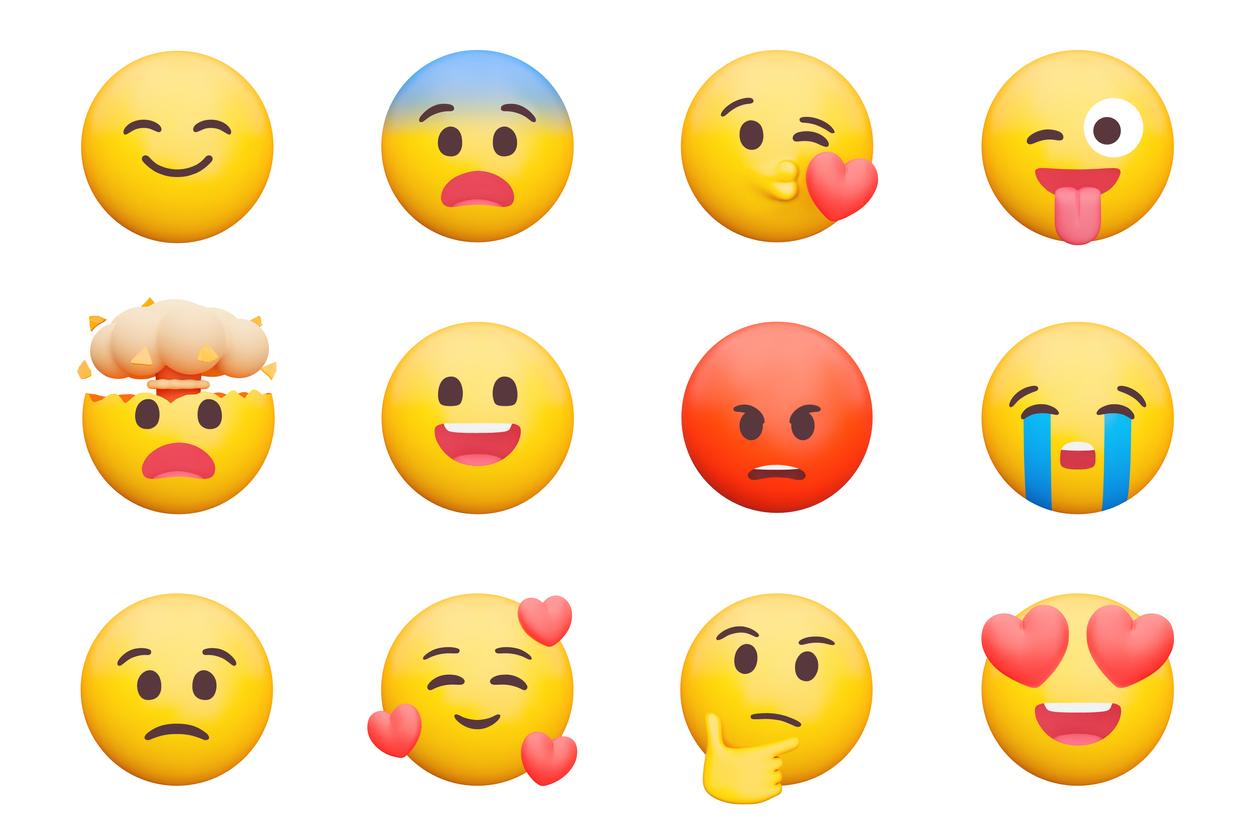Emojis are recognized more quickly and more accurately as signs of joy, sadness or anger than actual facial expressions.

- People recognize emotions displayed by emojis better and faster than actual facial expressions.
- The purpose of emojis is to replace the non-verbal aspects of communication in written exchanges.
- The study was conducted on 51 participants between the ages of 18 and 35.
A study conducted in Italy revealed that people recognize the emotions displayed by emojis better and faster than real facial expressions.
Nonverbal communication and emojis
The purpose of emojis is to replace the non-verbal aspects of communication in written exchanges. Nonverbal communication includes facial expressions, body language, gestures, tone of voice, and eye contact.
Emojis have become very popular and widely used in digital communications, especially on social media and messaging platforms.
Study methodology
The study was conducted on 51 participants aged 18 to 35, divided into two groups. The researchers created a collection of 48 emojis and 48 images of real faces, each representing the six basic emotions: joy, sadness, surprise, fear, anger and disgust.
Participants were placed in an isolated room where a word indicating an emotion was briefly displayed on a screen, followed by an image of an emoji or an actual facial expression. Participants were asked if the facial expression matched the emotion indicated by the word. During this experiment, the researchers recorded the brain activity of the participants using electrodes to better understand the cognitive mechanisms involved in the recognition of emotions.
A faster reaction
The study results showed that participants reacted an average of 73 milliseconds faster when recognizing emojis than real faces. Moreover, they were more accurate in recognizing the emotions represented by emojis, with a correct response rate of 92.7% compared to 82.43% for real faces.
Surprise and anger emotions were recognized faster than other emotions, whether for emojis or actual facial expressions.
These findings highlight the ability of emojis to effectively convey emotion and be quickly understood by readers, making it a potentially valuable tool in written communication.

















